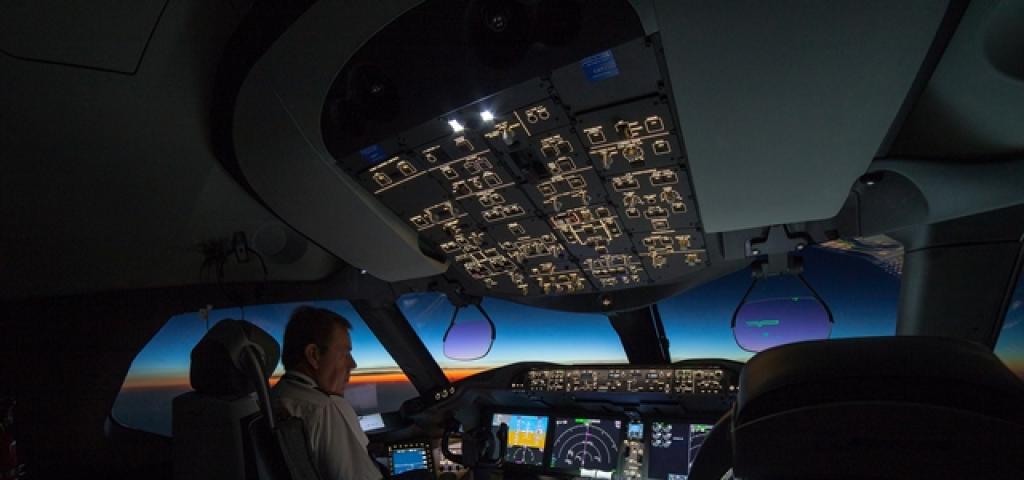
Wind River Helps Collins Aerospace Future-proof Avionics Systems

Future airspace will be filled with drones, commercial aircraft, helicopters, and more. Several prototypes are currently targeting urban air mobility solutions such as air taxis, or revolutionary aircraft models, such as next-generation commercial supersonic aircraft. Add to this autonomous swarm technologies, such as manned-unmanned teaming, and systems for future vertical lift and it’s clear that the technology wave coming to any aerospace manufacturer today can easily become overwhelming.
Virtualization technologies allow aerospace manufacturers to evolve their business models to support new technology insertions, such as open source-based applications and new proprietary IP, while reusing legacy IP in new safety-critical systems. Collins Aerospace understands these business drivers and turned to Wind River for a solution that is both scalable and supports the transition to heterogeneous systems.

Collins Aerospace leverages Wind River Helix™ Virtualization Platform to create next-generation avionics systems that can be easily upgraded. The open architecture design provides the flexibility for future growth allowing the easy insertion of both commercial and military innovations in a cost-effective way. Standardizing on a single platform solves hard challenges such as affordability, safety certification program risk, legacy software integration, and standards conformance.
The Helix Platform is built to enable future applications. Rather than relying on proprietary single-function devices, Helix Platform uses cutting edge multi-OS virtualization to enable integration of mixed-criticality applications onto a single compute software platform, simplifying, securing, and future-proofing designs. Applications can be legacy or new capability, based on industry standards such as ARINC 653, POSIX®, or FACE™, and based on operating systems such as Linux, VxWorks®, containers and other technologies. This opens up the system to adapt as the market evolves and needs change.
Adopting new capabilities is crucial for maintaining market leadership and ensuring technological superiority, but it needs to be strategically mapped out in order to ensure overall affordability and minimized risk. This is especially important at the macro level, across programs. The challenge here is designing systems that remain relevant as technology progresses and market needs shift. The main objectives are to write once and reuse many times, upgrade without entirely redesigning the system, and prepare for the future even when not knowing exactly how the future looks like.
For the aerospace industry this comes with its unique challenges when it comes to coupling the promise of innovation with the culture of safety developed over many decades. Helix platform puts safety and security on an equal footing with technological innovation. While government regulators remain key for ensuring safety, the applications that the platform can host can be of different levels of certification and criticality. This is crucial when looking at the global program, with all its upgrades and retrofits. One interesting use case is selling the same system into several markets and geographies. Usually, some adjustments need to be made, and using mixed-criticality applications without redesigning the entire system and breaking previously-obtained safety certifications is paramount.
The new technology wave should not be a challenge, but an opportunity. Wind River has extended experience and can solve the challenges that come with evolving traditional systems into the new software-defined future. Safety, security and determinism remain a cornerstone, and now are complimented by new capabilities that push the limits of airborne systems.
To learn more about Helix Platform click here.